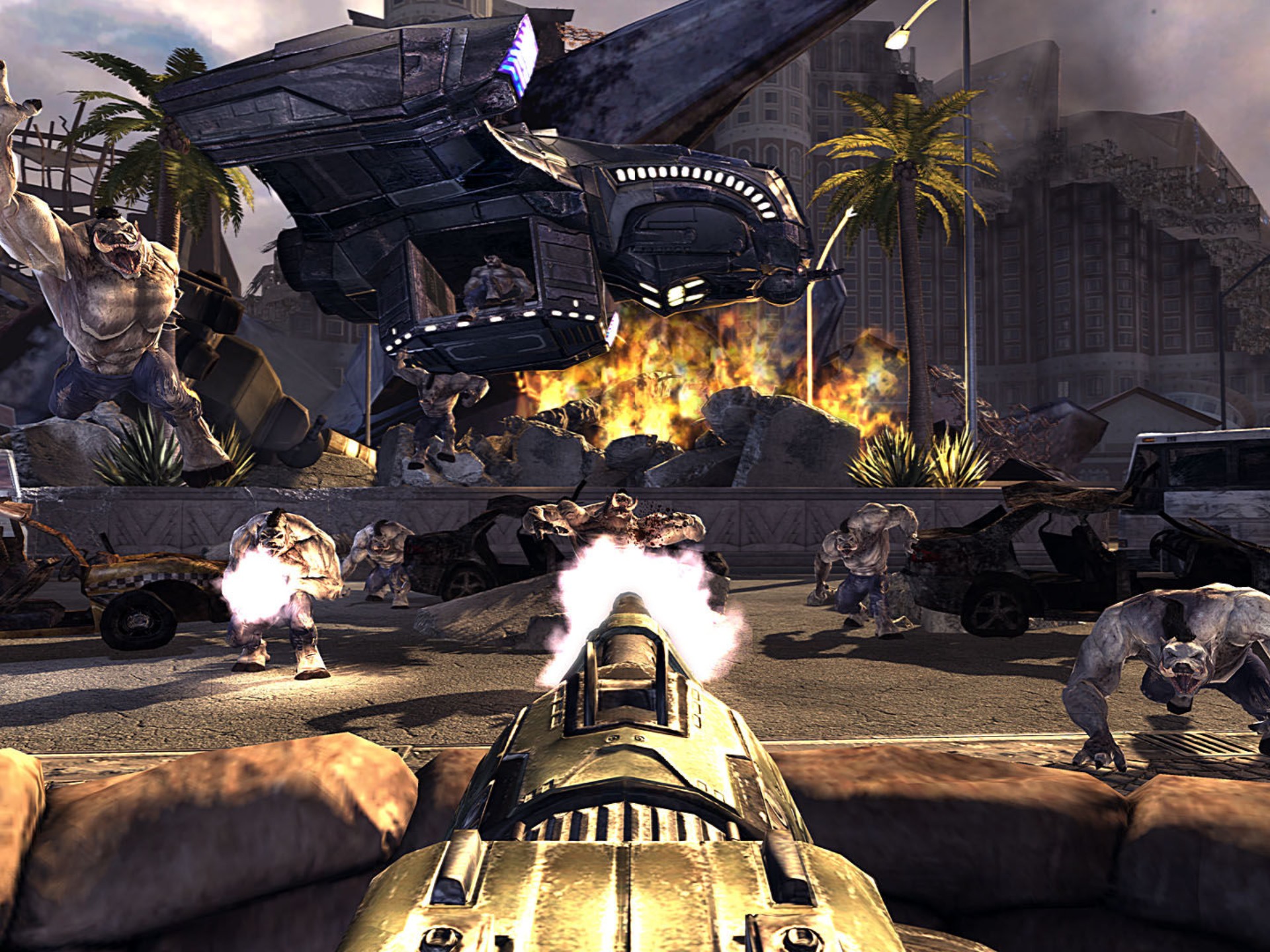Why Its Open World Feels Empty: The Pitfalls of Modern Game Design
Introduction
Open-world games have become a dominant genre in modern gaming, offering players vast landscapes to explore, countless quests to complete, and seemingly endless freedom. However, despite their technical achievements, many open-world titles suffer from a common flaw—they feel empty. Players often find themselves traversing expansive maps filled with repetitive tasks, lifeless NPCs, and shallow mechanics that fail to create a truly immersive experience.

This article explores why many open-world games feel hollow, examining key factors such as scale over substance, lack of meaningful interaction, repetitive gameplay loops, and weak narrative integration. By understanding these issues, developers can craft richer, more engaging worlds in the future.
1. Scale Over Substance: Bigger Isn’t Always Better
Many modern open-world games prioritize sheer size over meaningful content. Developers boast about map dimensions—"Our world is 100 square miles!"—but fail to fill that space with compelling experiences.
The Illusion of Exploration
- Ubisoft-style games (e.g., Assassin’s Creed Valhalla, Far Cry 6) often rely on checklist design, littering maps with icons that lead to repetitive activities (outposts, collectibles, towers).
- Players quickly realize that discovering a new location rarely offers surprises—just another copy-pasted ruin or enemy camp.
Procedural Generation vs. Handcrafted Detail
- Some games (No Man’s Sky, Starfield) use procedural generation to create vast worlds, but this often results in generic, soulless environments.
- In contrast, games like The Witcher 3 and Red Dead Redemption 2 succeed because they focus on handcrafted details, making every village and forest feel unique.
Solution: Smaller, denser worlds with meaningful discoveries (hidden stories, dynamic events) are more engaging than endless, empty terrain.
2. Lack of Meaningful Interaction: A World That Doesn’t React
An open world should feel alive, but many games fail to make NPCs and environments react to the player’s actions.
Lifeless NPCs
- Most NPCs serve only as quest dispensers or background noise.
- In Skyrim, townsfolk repeat the same few lines, making the world feel static and artificial.
- Games like The Elder Scrolls: Oblivion had NPCs with daily routines, but modern titles often abandon such depth.
Player Impact: Illusion of Choice
- Many open-world games advertise "choices matter" mechanics, but consequences are often superficial.
- Cyberpunk 2077 promised branching narratives, yet most decisions lead to minor dialogue changes rather than world-altering events.
Solution: Games should simulate living ecosystems—NPCs remembering the player, factions reacting dynamically, and environments changing based on decisions.
3. Repetitive Gameplay Loops: The Grind Problem
Open-world games often rely on repetition to extend playtime, leading to burnout.
Copy-Pasted Side Content
- Assassin’s Creed Odyssey and Hogwarts Legacy suffer from formulaic side quests (fetch quests, kill X enemies).
- Players quickly recognize the lack of variety, making exploration feel like a chore.
Artificial Progression Gates
- Many games force players to grind before progressing, padding runtime with unnecessary level gates (Middle-earth: Shadow of War).
- This disrupts immersion, reminding players they’re in a game system rather than a living world.
Solution: Side content should tell unique stories (e.g., The Witcher 3’s side quests) or introduce new mechanics to keep gameplay fresh.
4. Weak Narrative Integration: A Disconnected World
A great open world should feel cohesive, but many games struggle to blend story and exploration.
Ludonarrative Dissonance
- In Red Dead Redemption 2, Arthur Morgan can rob and murder freely, yet the main story treats him as a morally conflicted outlaw.
- This disconnect breaks immersion, making the world feel gamey rather than believable.
Main Story vs. Open-World Freedom
- Many games (Elden Ring, Breath of the Wild) let players ignore the main quest, but this can make the world feel directionless.
- Without narrative urgency, players lose motivation to engage with the world.
Solution: Games should integrate story and gameplay seamlessly—e.g., Disco Elysium ties exploration directly to character development.
Conclusion: How to Fix the Emptiness
Open-world games don’t have to feel empty. Developers should focus on:
✔ Quality over quantity—smaller, denser worlds with handcrafted details.
✔ Dynamic interactions—NPCs and factions that react to player choices.
✔ Varied gameplay—side content that tells unique stories.
✔ Strong narrative cohesion—worlds that feel alive and purposeful.
Games like Red Dead Redemption 2 and The Witcher 3 prove that open worlds can be rich and immersive—if developers prioritize depth over scale.
Final Thought: The future of open-world games lies not in bigger maps, but in more meaningful experiences.
Tags: #OpenWorldGames #GameDesign #Gaming #Ubisoft #Witcher3 #RDR2 #Cyberpunk2077 #Skyrim #EldenRing #NoMansSky


















